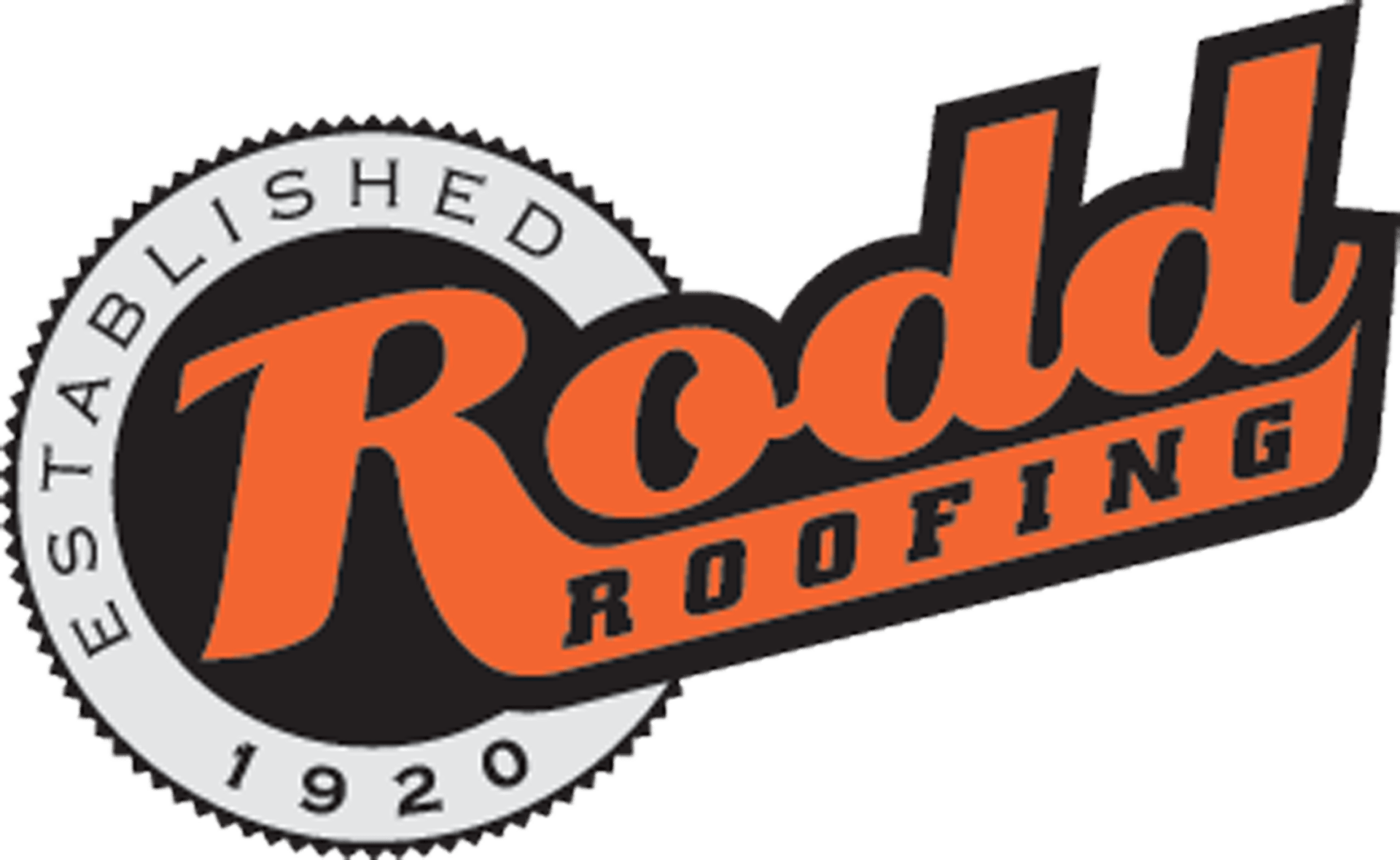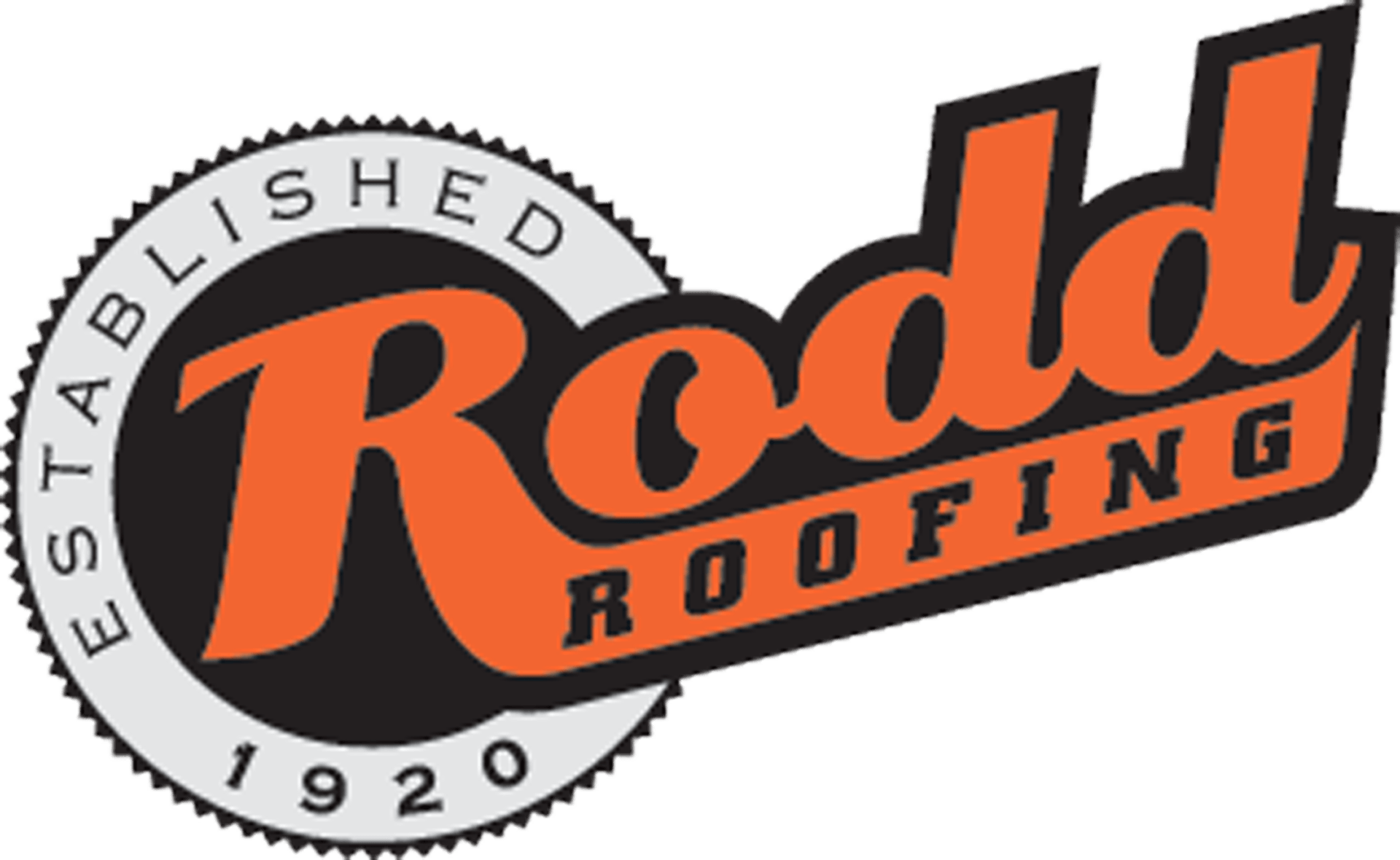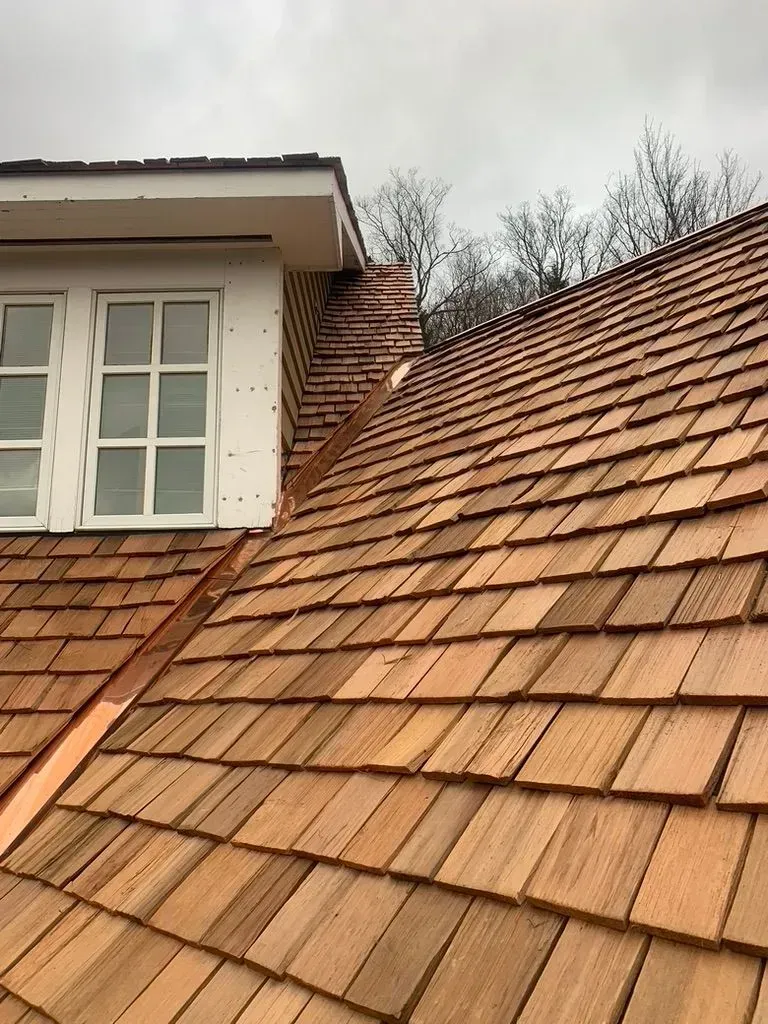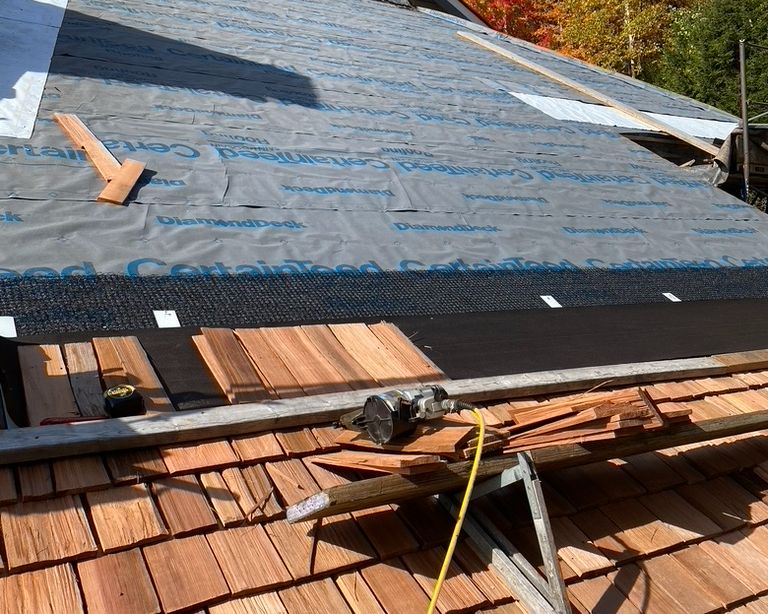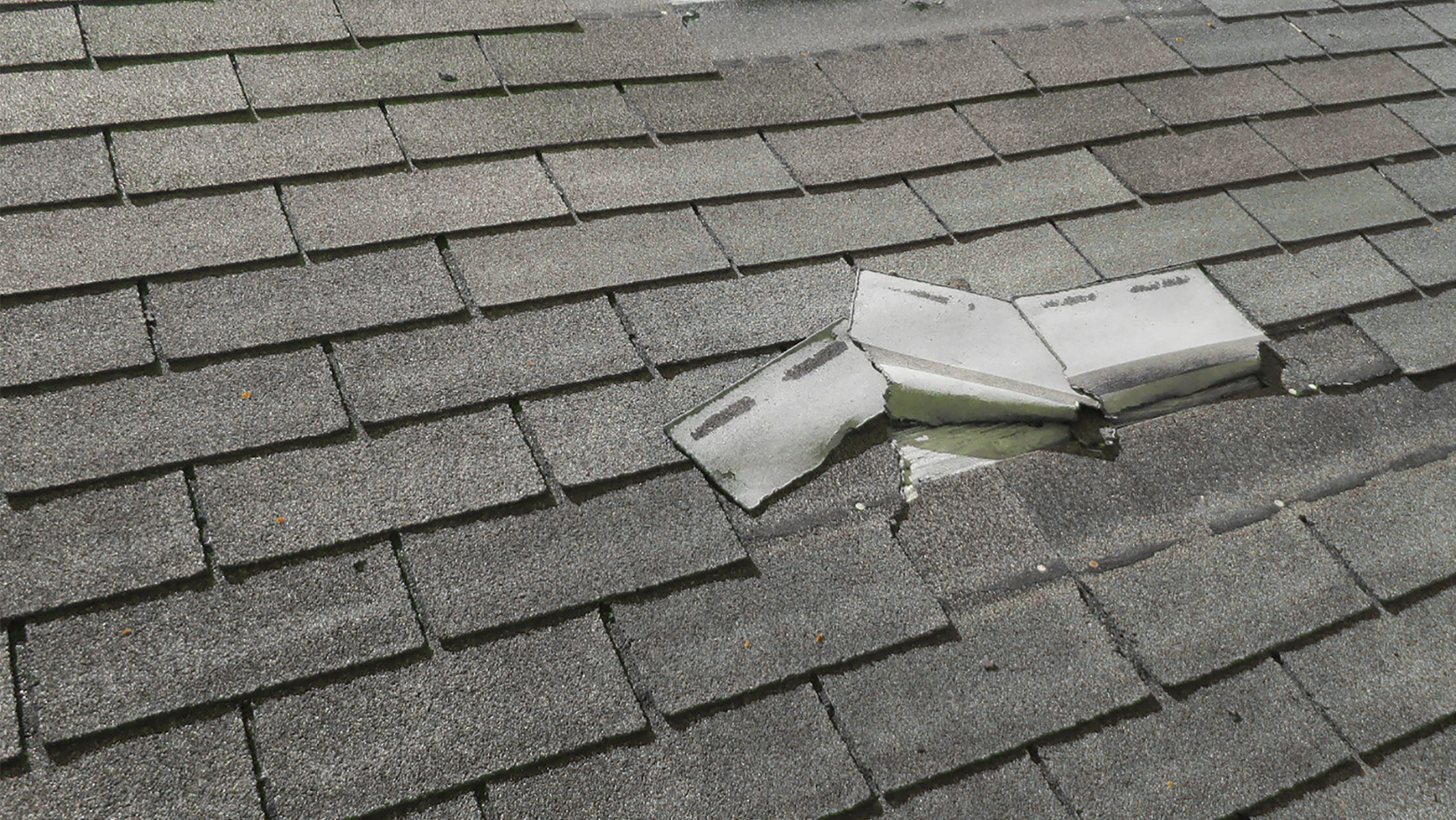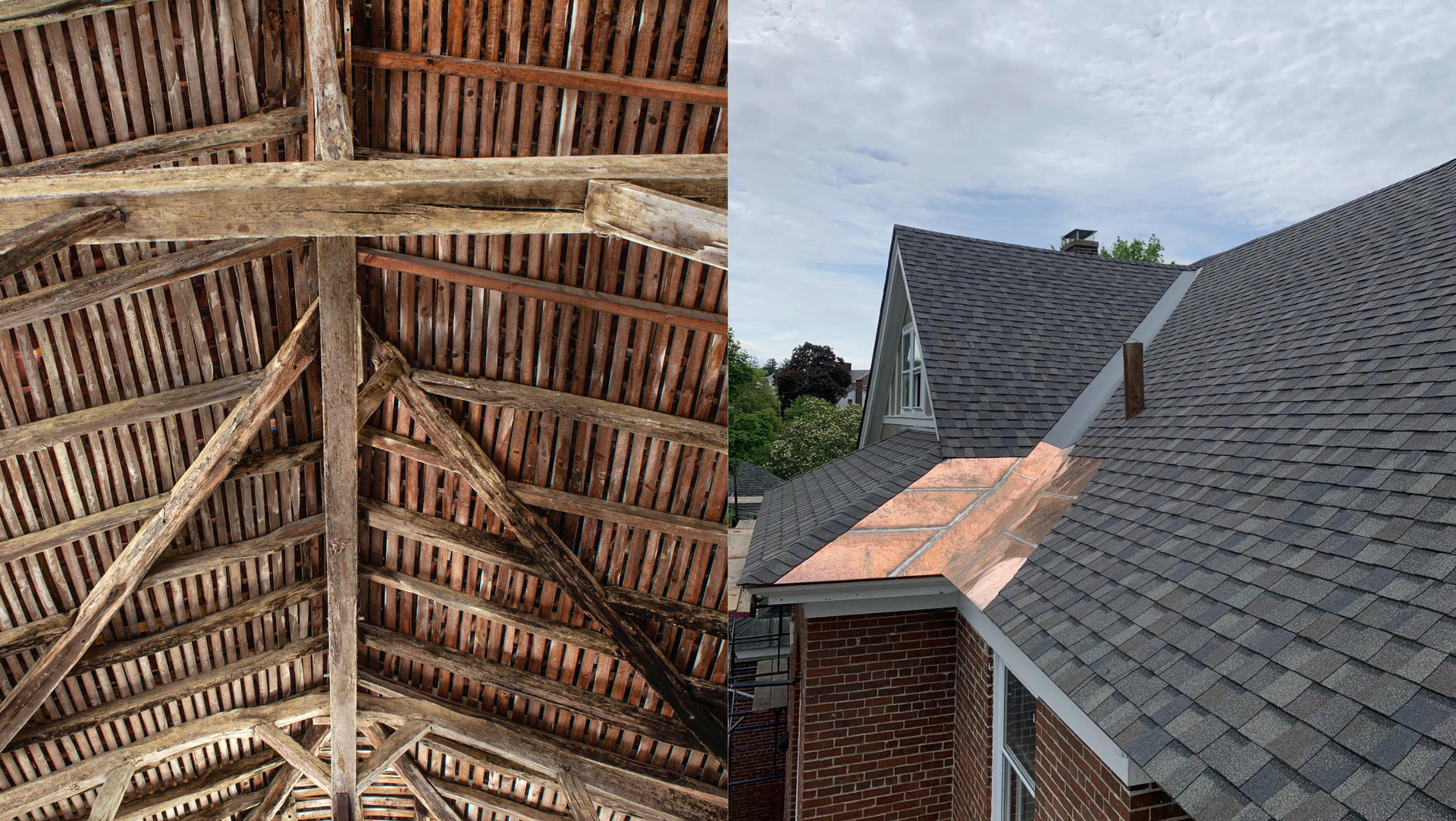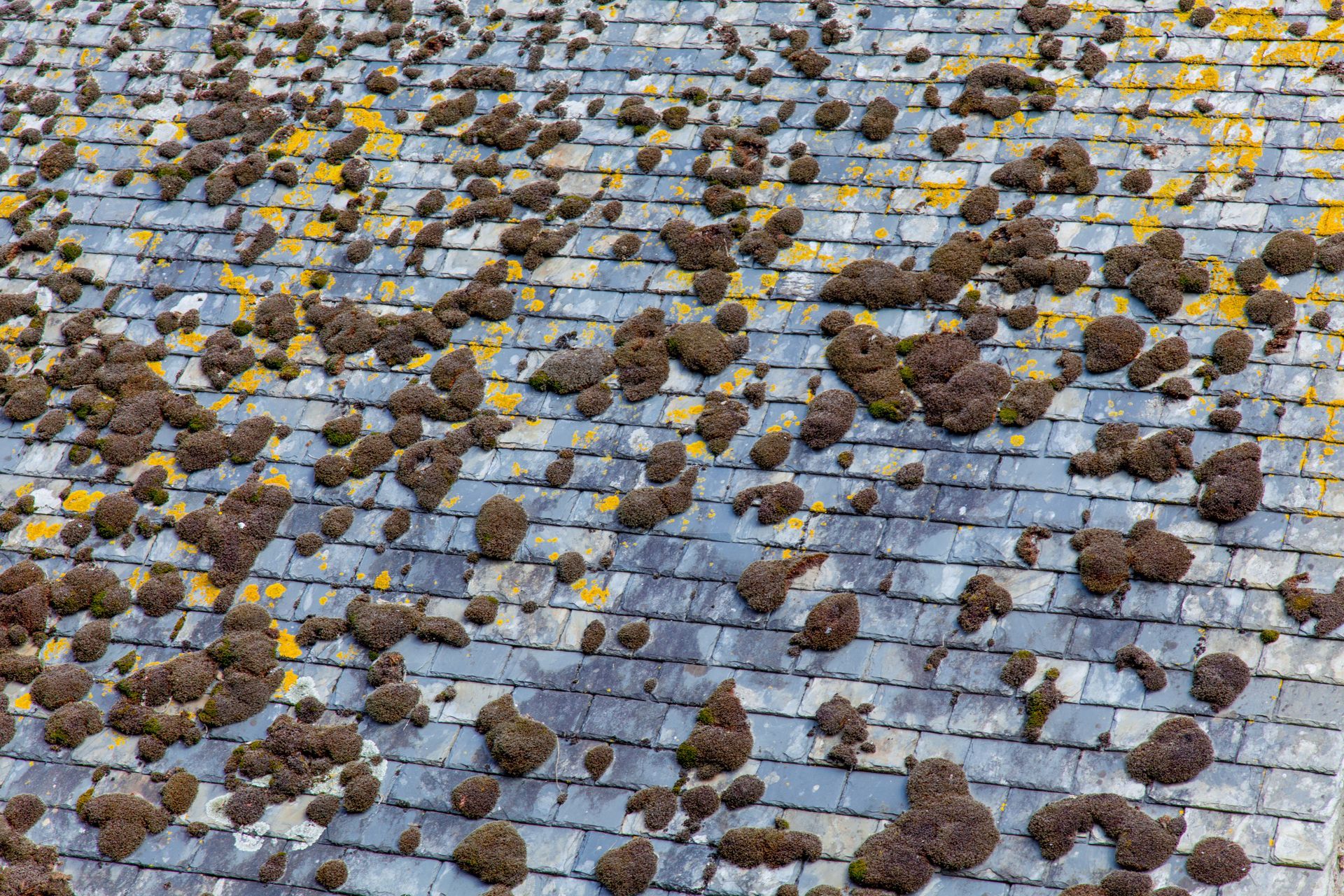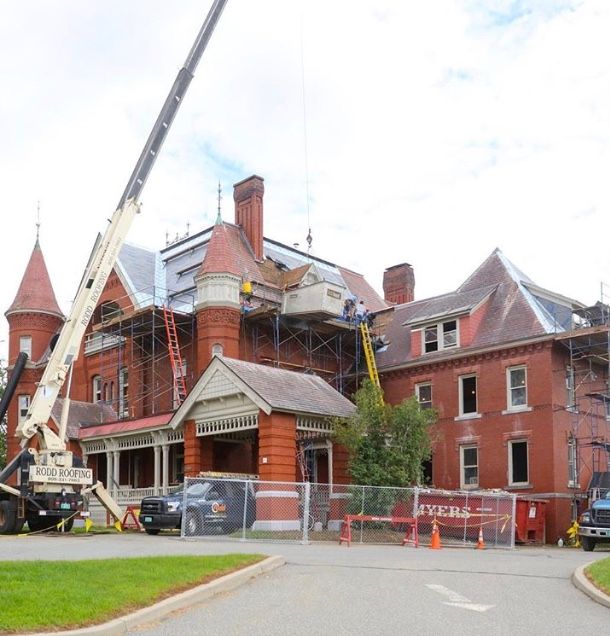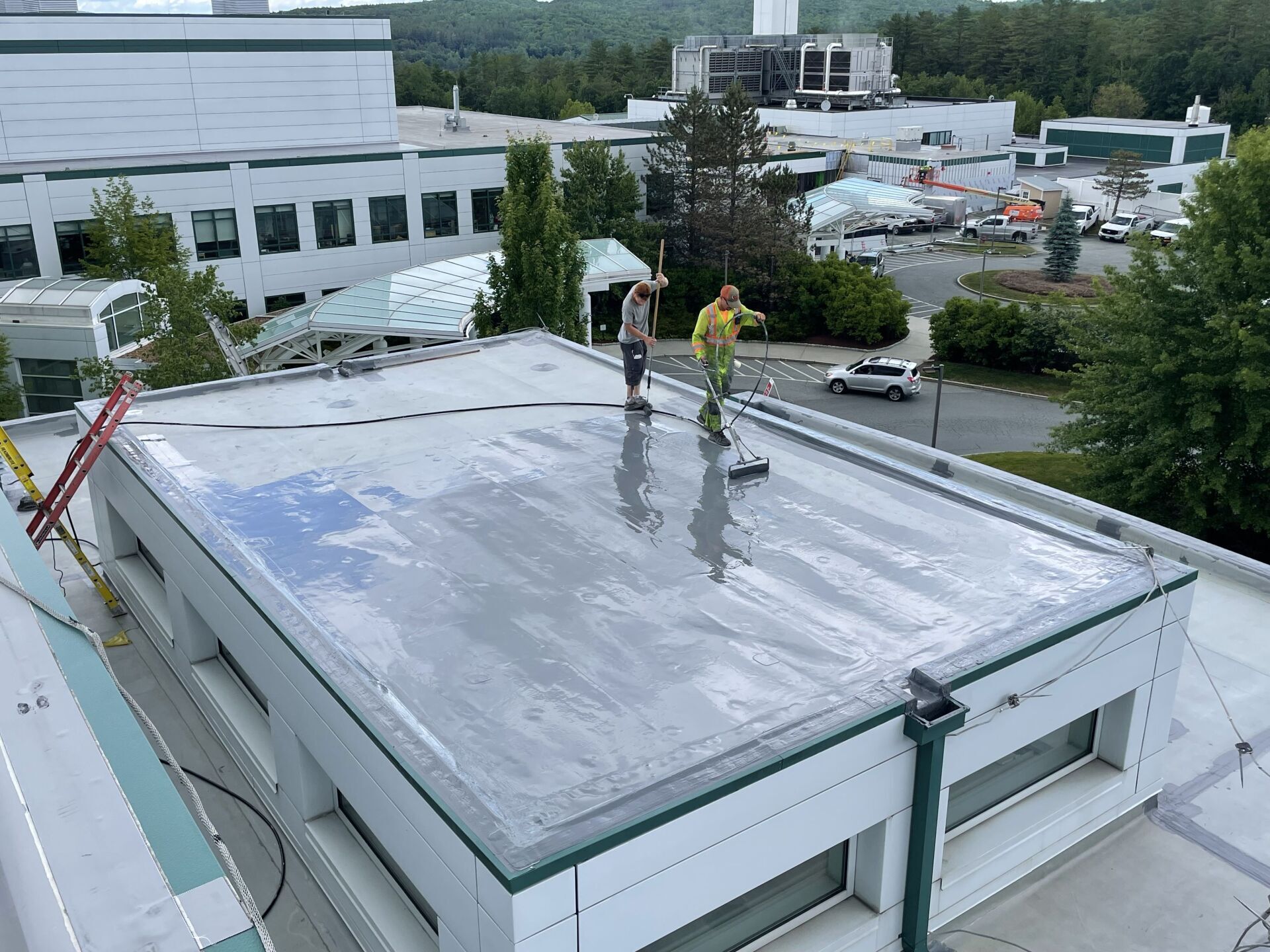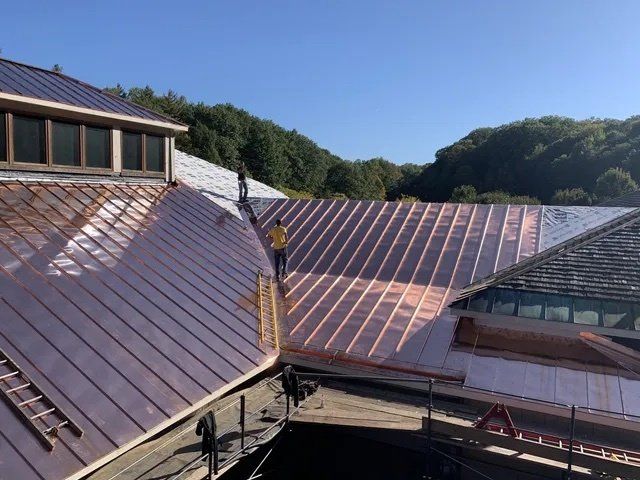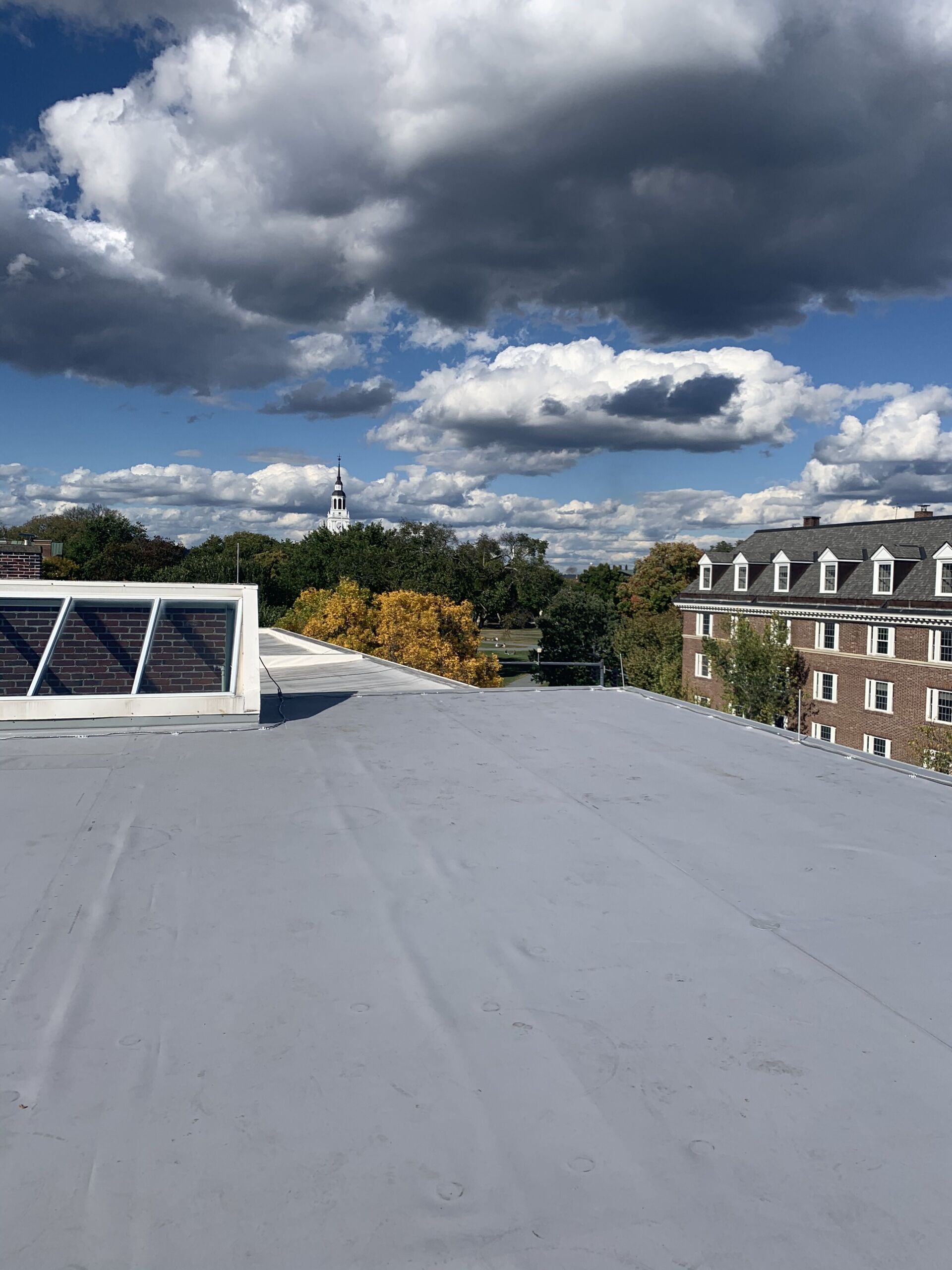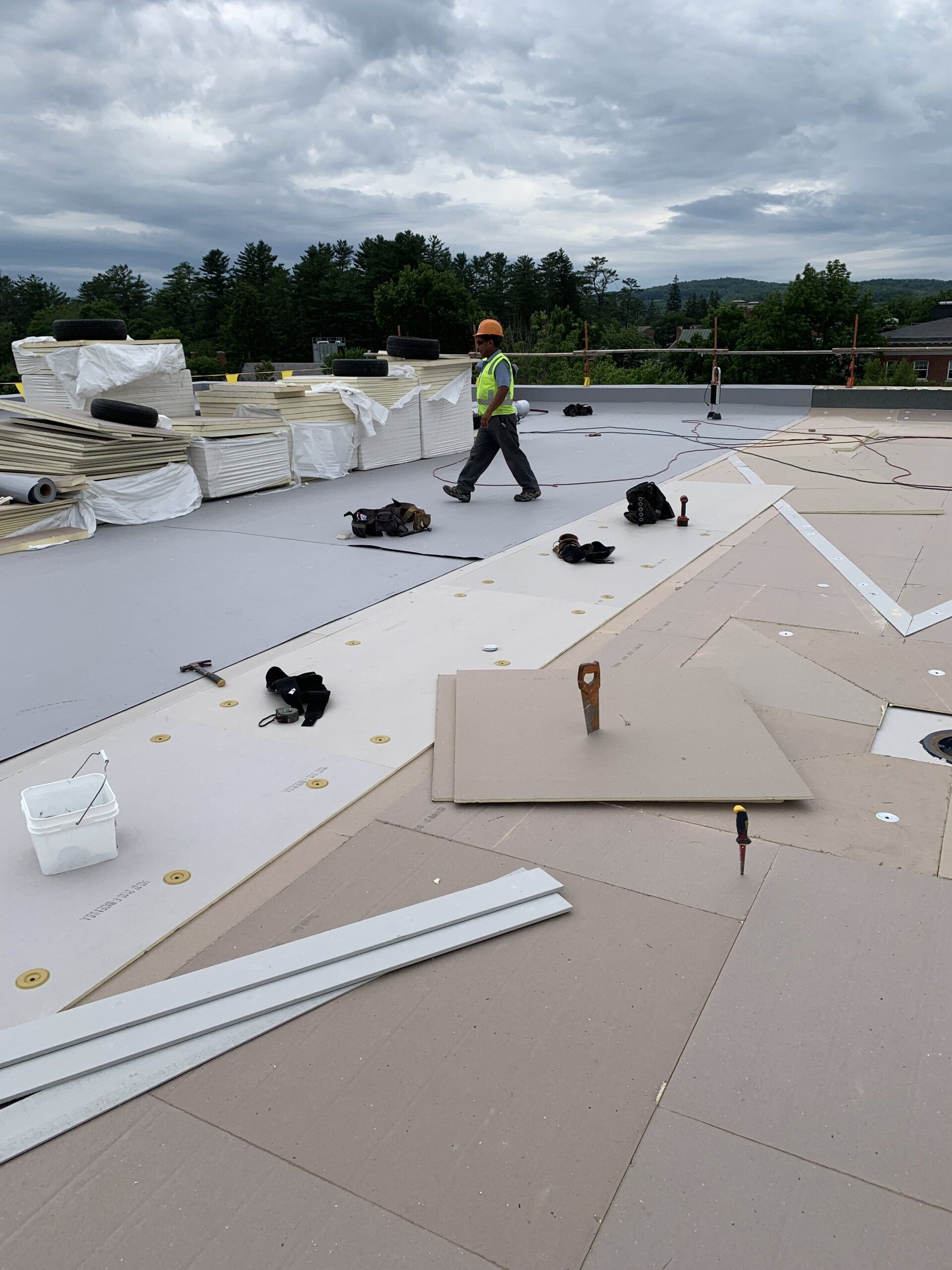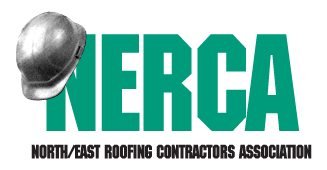Types of Moisture in Roofing Systems | Rodd Roofing Company
Different Types of Moisture That Can Affect Low-Sloping Roofs
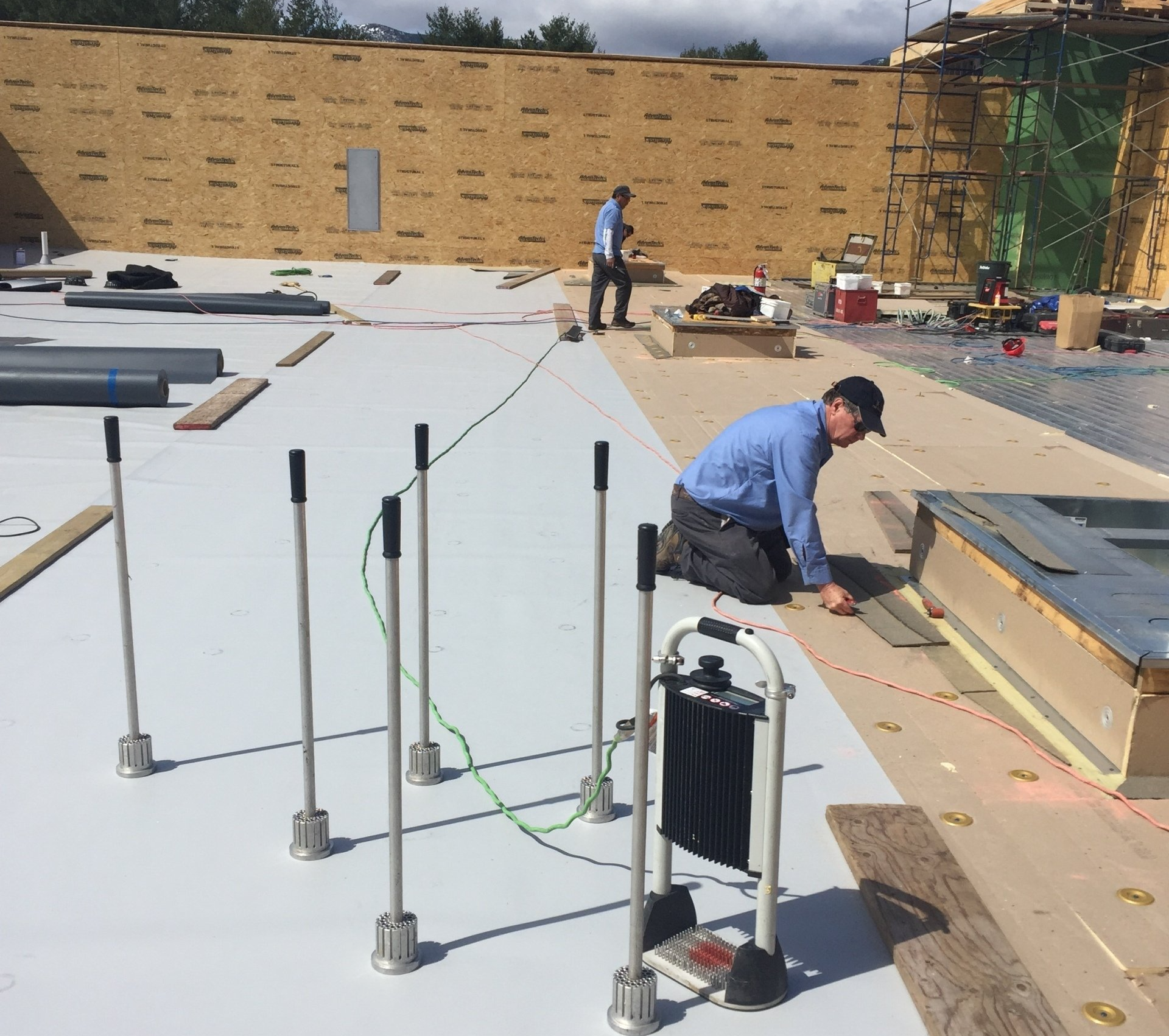
Commercial and industrial building owners owe it to themselves to learn as much as they can about the hazards that can affect the overall operation of their flat roofs. Roof moisture is one of those risks, and it manifests itself in a variety of ways. Learn about them and what you can do to protect your roof and improve its overall function.
Small Amounts of Moisture Created by Occupants
In warehouses, offices, and retail stores, a little amount of dampness is not usual. Warm air, accompanied with moisture, travels upward, trapping the moisture between the roof's insulation and membrane. You'll want to utilize staggered joints and at least two layers of insulation to prevent this. If you just have room for a single layer of insulation, use cover boards to keep the roof dry.
Moisture Created by Construction
Before a commercial facility is even occupied, moisture can become a concern. Painting, concrete curing, and drywall installation have all been known to release stored moisture, so make sure you use roofers who understand the "belt and suspenders" approach to roofing and who also employ vapor barriers where needed.
Large Amounts of Moisture Created by Occupants
Low-slope roof moisture should be avoided in commercial buildings such as laundries and paper mills, as well as those with swimming pools. As part of your effort to prevent condensation, ensure sure your ventilation and air handling systems are prepared to handle any potentially dangerous moisture that makes its way to your roof. You'll want to enlist the help of a building engineer for the greatest results.
Please feel free to contact us at any time!
We will respond as soon as possible to every inquiry, usually it's about one business day.
Contact Us
We will get back to you as soon as possible
Please try again later
Designed by Northeast Kingdom Online. | Powered by NEKO 360.
